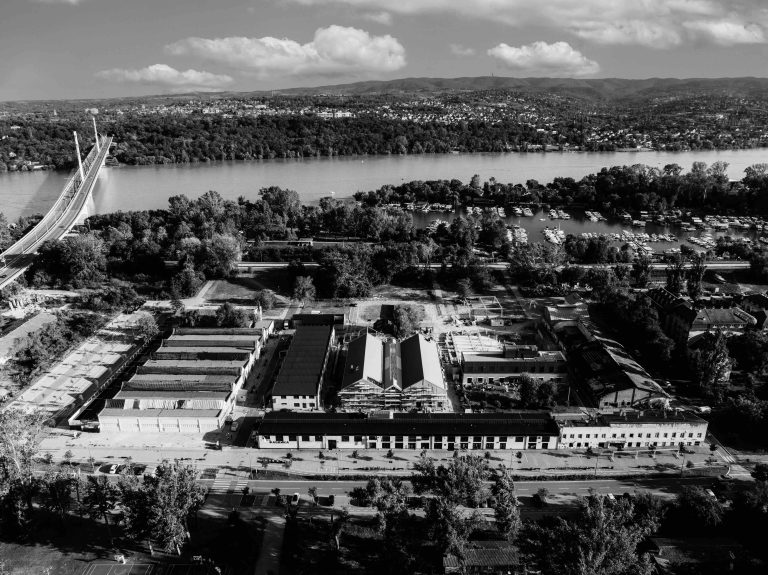Led Art was created between ideology and art, politics, and performance, in an urban environment and in turbulent times. Nikola Džafo gathered a group of diverse artists, theorists, art lovers, and even casual passers-by, with whom he became one of the symbols of the alternative Novi Sad scene. In the social and political troubles in the region in 1993, the idea arose that only art could provide answers. Namely, art that is contemporary in the broadest sense, art which is consumed in places where no one expects it, which shows what everyone thinks but may not be able to say, art which sometimes seems confusing, but has a clear provocative and critical note, addresses everyone but also speaks to each of us individually, which affirms itself, arises and asserts its influence in the current moment.
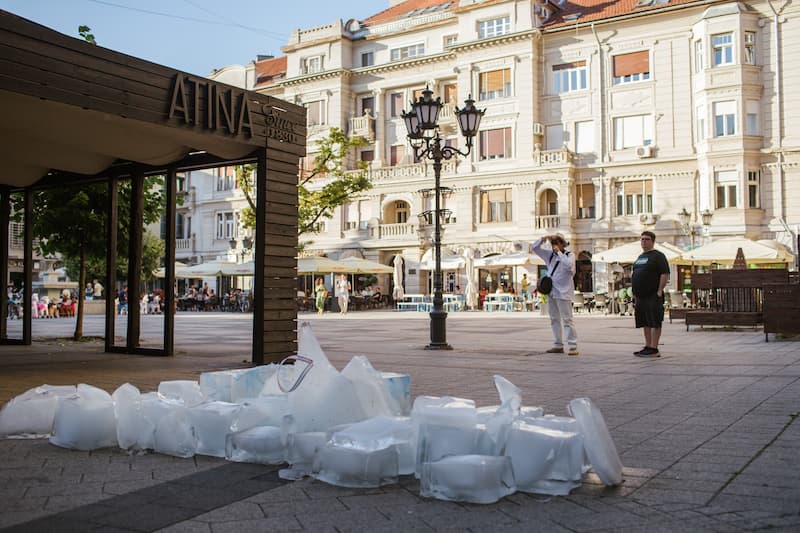
As part of the Fortress of Peace, the new European Capital of Culture programme arch, we will have the opportunity to see the ReCapitulation: 30 Years of Led Art, exhibition, performances, and other artistic expressions that will present three decades of work by this group of enthusiasts who marked post-war art in the region. From 3 July to 2 August in the Museum of Contemporary Art of Vojvodina and in the Shock Gallery we will be treated to the central multimedia exhibition, consisting of three segments – three periods of Led Art: Led Art (1993 – 2002), Art Clinic – 2012), and Shock Cooperative (from 2013 until today), and will also include the works of the young art group Grafička mreža, created under the same auspices last year. In addition, some of the group’s performances will be recreated throughout the city, and films and videos of documentary and artistic value will be shown.

It all started with the original Shock Alliance, which brought together several art organisations from the region (Novi Sad, Zemun, Belgrade, Skopje) as well as from Gleisdorf, and soon, due to financial and other problems, turned into the Shock Cooperative and began to operate locally, for a time. Their contemporaries witnessed exhibitions and performances in refrigerators, garages, and landfills, in locations that rejected traditional cultural spaces and affirmed new ones. The artistic council at the time consisted of Selman Trtovac, Miroslav Karić, Jelena Veljković, Miroljub Mima Marjanović, and Nikola Džafo, as well as curators Andrea Palašti and Slobodan Stošić.
The rest is not just history. Led Art went through different phases of its project, so in 2002 the Art Clinic was formed, provoked by social anomalies, and initiated by the idea of new concepts and networking of artists, and in 2013 it was followed by the Shock Cooperative with the idea of involving young artists and reviewing current political, artistic and environmental phenomena under the slogan – Only cooperatives can save the world from disaster!
One of the most famous artistic performances was the first in a row – Frozen Art, held in 1993 in front of the Belgrade Youth Center, from which the entire future art narrative emerged. In a situation when all values were compromised during the war that was spreading in the countries of the former state, Led Art decided to freeze and preserve certain values for a better future. Frozen Art was followed in 1994 by Reconstruction of Crimes, a performance that sarcastically presented the depiction of the body at the crime scene as a favourite artistic practice, and the performance toured numerous cities in Serbia, Croatia, the Czech Republic, South Korea, Germany, Austria, and other countries. This performance was also a kind of warning and reminder that contemporaries must protect themselves in order to save their lives. That art can be in the service of protection is also shown by the fact that Led Art did not stop this action even during the NATO intervention in Belgrade and Novi Sad when the bodies were outlined on papers.
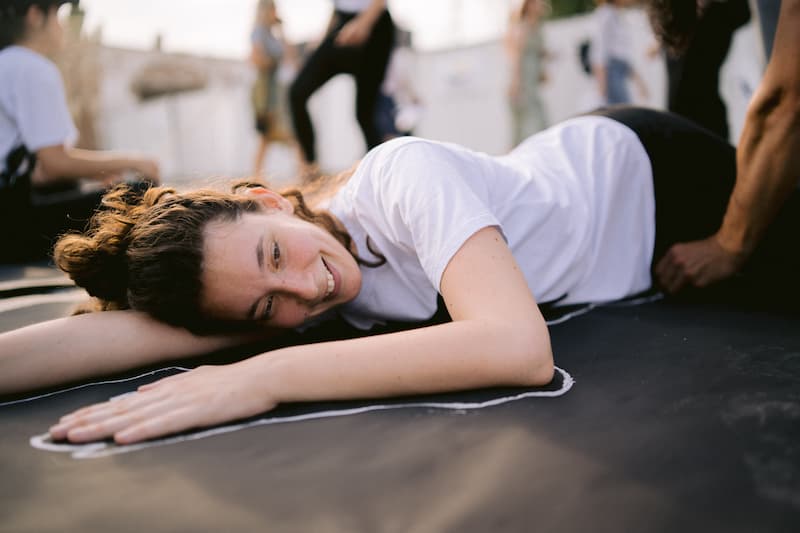
This group has also taken a critical view of everything around them from the beginning at the now well-known Art Sales, which has clearly shown the status and position of artists in today’s context. In addition, they conducted workshops for making masks out of ballots in 2014 during early elections in Serbia, and two years earlier they organised a workshop on drawing on ballots, where participants were taught how to make a nice drawing on a ballot in one motion.
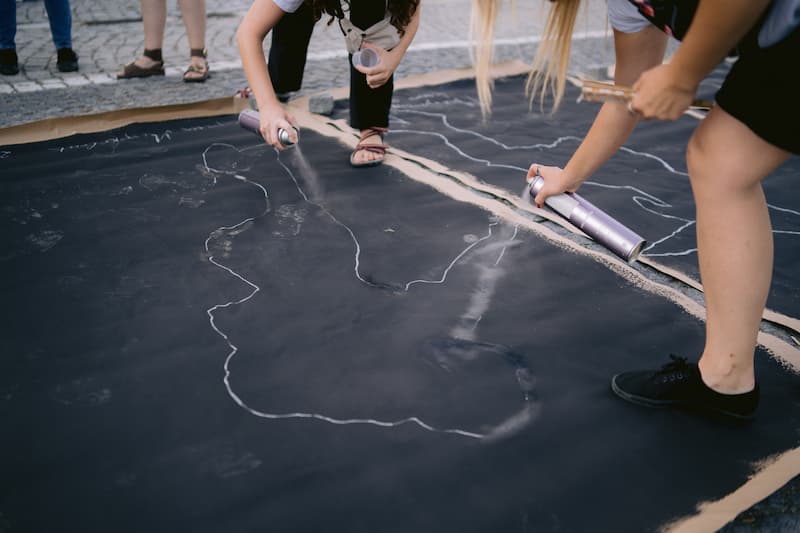
In MSUV from 3 July, we will have a chance to see the exhibition Unruly Objects / Subjects 1992 – 2022, which, as the name of the project suggests, recapitulates 30 years of the art group through an in-situ installation, a labyrinth in which the visitors must be fully engaged to the extent that they participate in the performance, realise works of art with artists and explore the very archive of the collective, which provides insight into their thirty years of work in the spotlight. Thirty different objects symbolise one year of work each, and the audience will understand their function on the spot. Some of the activities that await us are cooking beans for all visitors, public haircuts as a symbolic gesture, meeting the donkey Sreta, and others. The curators will be in charge of explaining the context of everything we will see, and the exhibition will be accompanied by a debate programme, as well as the promotion of the ReCapitulation publication.
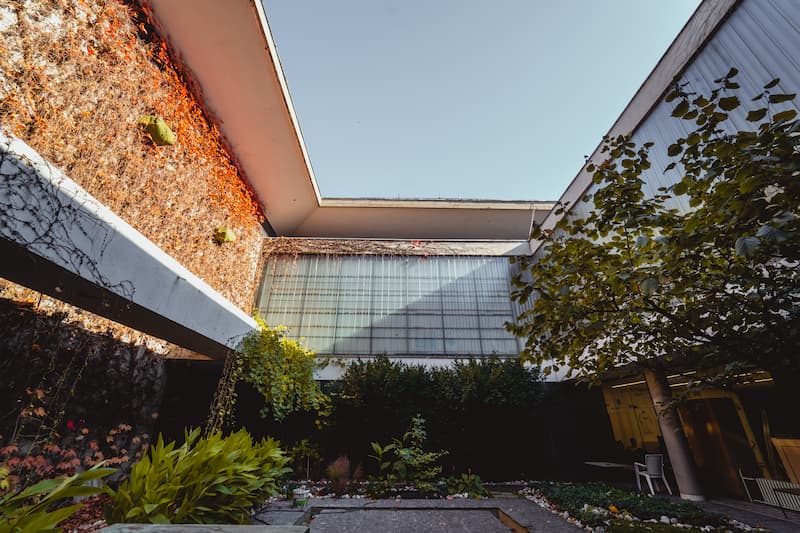
The event will be staged as part of the Fortress of Peace, the current Novi Sad – European Capital of Culture Foundation programme arch. Over 280 events and activities during June and July will mark the summer in Novi Sad, but also proclaim the currently most necessary values – the culture of dialogue, peace, and reconciliation.
A detailed programme of the ReCapitulation and other Fortress of Peace events can be found on the website novisad2022.rs.
Author : Leona Pap
Photo: Vladimir Veličković, Marko Pudić




